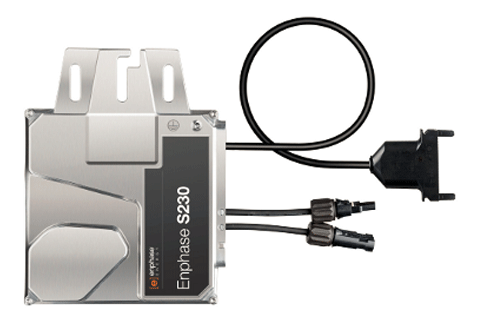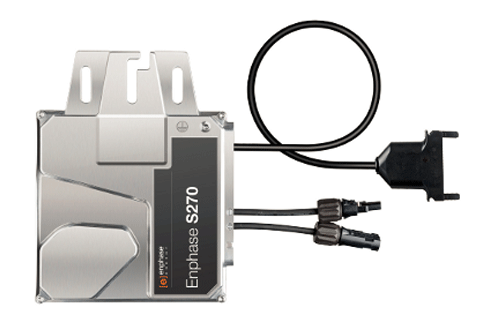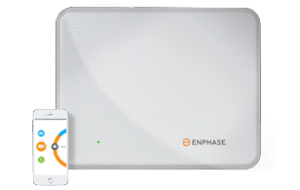Micro inverters harvest more power from solar panels and are easier to install, monitor and maintain. Another big advantage with Enphase micro inverters: they combine ultra-reliable components with a distributed architecture that makes for a more resilient system. That’s something string inverters can’t do.
More reliable
Compared with string inverters, microinverters are the least failure-prone choice by a mile. When string inverters fail, the entire system goes down, necessitating emergency maintenance. This costs money and diverts installers from doing what they do best: installing systems.
Higher production
Third-party studies have shown that Enphase Microinverters produce more energy than the leading string and DC-optimized string inverters.
- Enphase produced up to 3.1% more than the leading DC-optimized string inverter. Download the study here.
- Enphase Microinverters are proven to produce more at dawn, dusk and in low light conditions.
Safer
String inverter systems have high voltage DC, which presents risks for customers and installers. String inverters can have “rapid shutdown” workarounds to lower the risk of high voltage DC, but these only mitigate some risk. They do not fully remove it. Enphase Microinverters, by contrast, are low voltage DC by design.
- String inverters require potentially dangerously high voltage DC on customer’s roof
- String inverter may remain charged even after rapid shutdown is activated
AC Solar Power Systems simply have a small inverter connected to each solar panel that immediately changes the DC current produced to useable AC current. In this situation, if one panel in an array is under performing, it will not affect the rest of the panels in the array. For this reason, AC systems have a higher output than conventional DC systems.
The advantages of these systems are;
- Easily increased in size if required
- Longer standard inverter warranty than other inverters
- Monitoring of individual panels
- Ideal for small users




